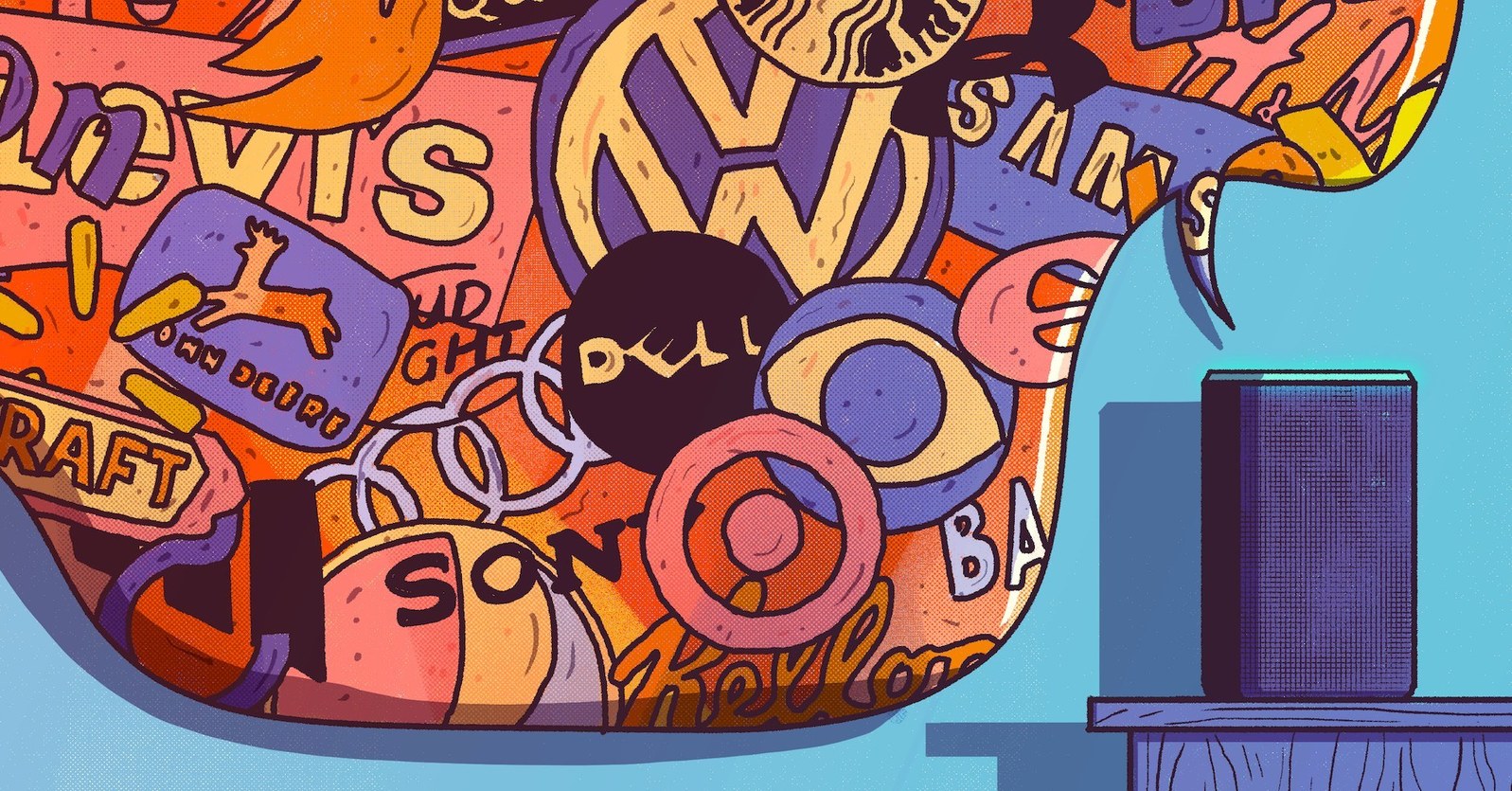Amazon’s Alexa offers more than 25,000 skills—the set of actions that serve as applications for voice technology. Yet Domino’s is one of a relatively small number of brands that has seized the opportunity to enter your home by creating a skill of its own. Now that Amazon Echoes and Google Homes are in kitchens and living rooms across the country, they open a window into user behavior that marketers previously only dreamt of. But brands’ efforts to engage consumers directly via voice have been scattershot. The list of those that have tried is sparse: some banks; a couple of fast food chains; a few beauty companies; retailers here and there. Building a marketing plan for Alexa has been a risky venture. That’s because, when it comes to our virtual assistants, no one knows what the hell is going on.
But if 2017 was the year that Alexa hit the mainstream, 2018 will be the year that advertisers begin to take her seriously by investing time and money in figuring out how to make use of her. The shift toward a screenless, voice-first future has been slow and awkward. Without a playbook on how exactly to employ this technology, brands have been paralyzed. But the staying power of voice technologies is now universally accepted, and their ubiquity no longer belongs to a far-off future.
A few brands have already begun to infiltrate the space. On Alexa, you can order your regular Starbucks drink, call an Uber, or check the balance of your Capital One account. But soon competition will mount, the wheels will begin to turn, and the experimentation that’s already begun will spread, writ large, throughout the industry.
Sourced through Scoop.it from: www.wired.com



Leave A Comment